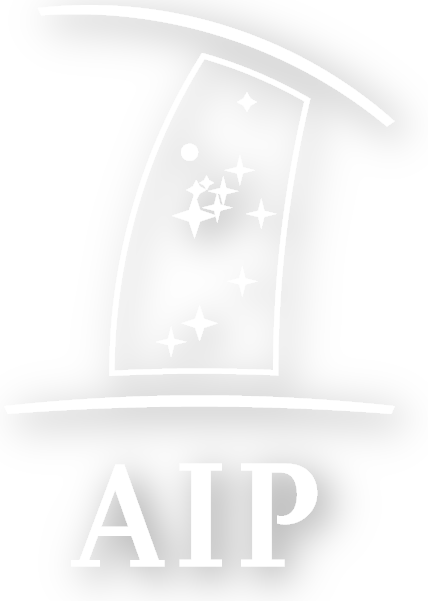Speaker
Description
Measurements of the star formation histories (SFHs) of galaxies enable comparisons to theoretical models of galaxy formation and evolution. While there are several methods that can measure galactic SFHs, the measurements with the greatest precision and time resolution are made by modelling resolved photometry of stellar populations obtained from space-based observatories (e.g., HST/ACS and JWST/NIRCam). A primary systematic in these measurements is the galactic chemical evolution of the observed population -- put simply, both the star formation rate and the metallicity of the star-forming ISM must be constrained as a function of time. The chemical evolution is typically modelled through an age-metallicity relation; i.e., Z(t). However, these relations are difficult to compare between galaxies and to theory because they have no direct relation to the underlying star formation activity which is enriching the ISM in the first place. We develop a class of chemical evolution models integrated with a resolved SFH fitting code in which the metallicity of the star-forming ISM evolves along with the galactic stellar mass; i.e., we model SFR(t) and Z(Mstar(t)) simultaneously. By explicitly connecting the chemical evolution to the SFH, such mass-metallicity relation (MZR) models can be easily compared between different galaxies and to theoretical predictions. As the processes mediating galactic chemical enrichment (particularly stellar feedback) remain significant sources of theoretical uncertainty, observational probes of the relation between star formation activity and chemical enrichment are critical for improving theoretical models. In this talk, I will present results applying this method to several dwarf galaxies in the Local Group and discuss the hypothesis that there is a universal MZR for the star-forming ISM of dwarf galaxies at low redshift. I will additionally compare the MZRs inferred from the observations to MZR measurements of analogous samples drawn from the IllustrisTNG simulations, the GALACTICUS semi-analytic model, and other theoretical works.

